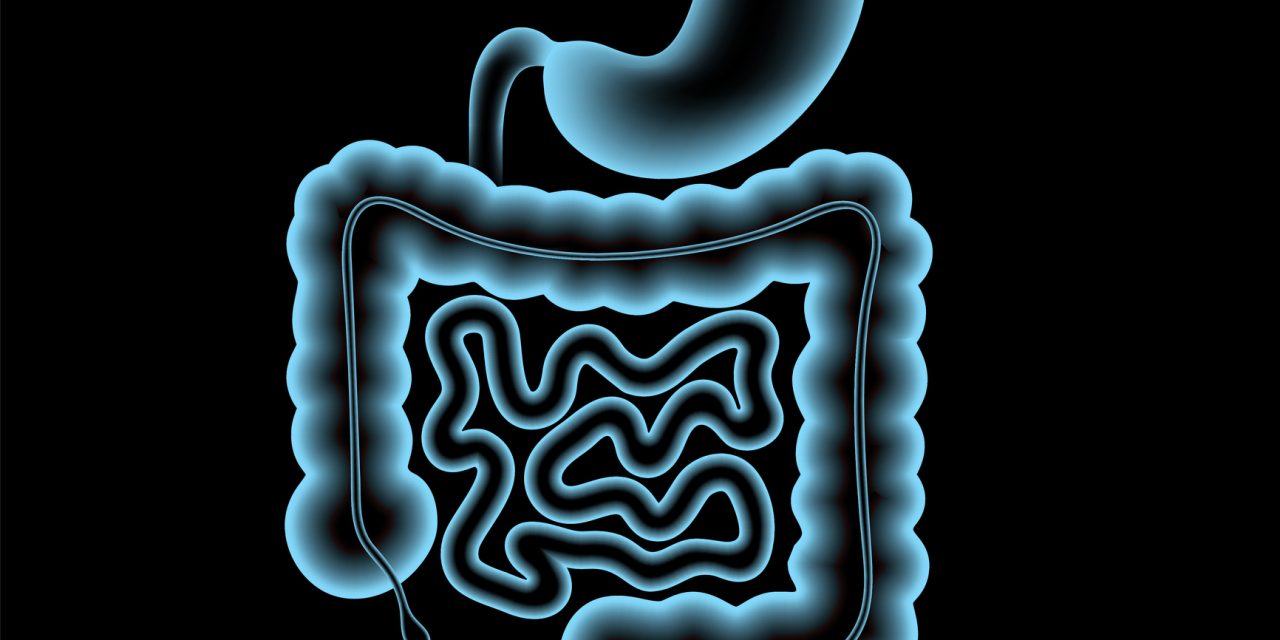A predominant zoonotic pathogen causing gastroenteritis and other diseases in humans is Campylobacter jejuni. The secreted serine protease HtrA (HtrACj), which preys tight and adherens junctional proteins in the gut epithelium, is an essential bacterial virulence factor. Using biochemical tests and cryo-electron microscopy, the researchers studied the composition and working of HtrACj. By comparing HtrACj to HtrA equivalents from Helicobacter pylori and Escherichia coli, mass spectrometry analysis revealed differences and similarities in cleavage site selectivity. At 5.8 resolution, the researchers identified HtrACj‘s architecture as a dodecamer made up of four trimers. The connections between the trimers are relatively loose, which explains the dodecameric assembly’s flexibility and mobility. This flexibility was further investigated using molecular dynamics simulations, which demonstrated the opening of the dodecamer to reveal the protease’s proteolytically active region. Furthermore, researchers used size exclusion chromatography to examine oligomerization rearrangements in the presence or absence of substrate, revealing hexamers, dodecameric, excellent stability of higher oligomeric forms (12-meters) in comparison to previously studied homologs from other bacteria and larger oligomeric forms. After full cleavage of the substrate by the proteolytically active version of HtrACj, extremely dynamic degradation of the higher oligomeric forms into lower ones was observed. In the study, the researchers look at the working and structural aspects of HtrACj, which could lead to the development of therapeutically useful HtrACj inhibitors in the near future.
Link:www.tandfonline.com/doi/full/10.1080/19490976.2020.1810532


